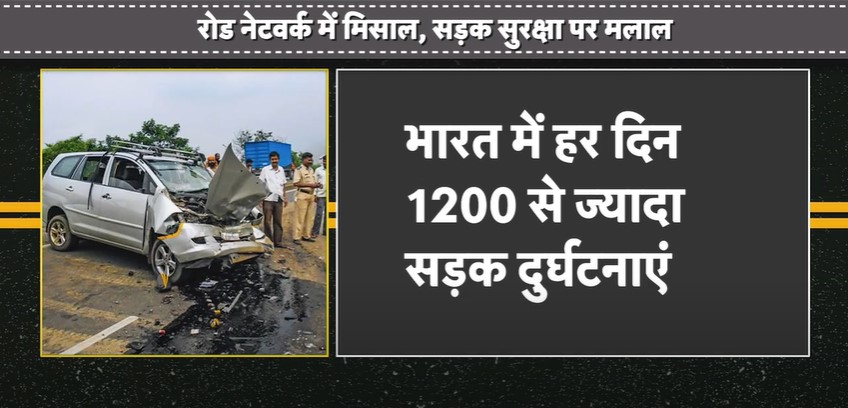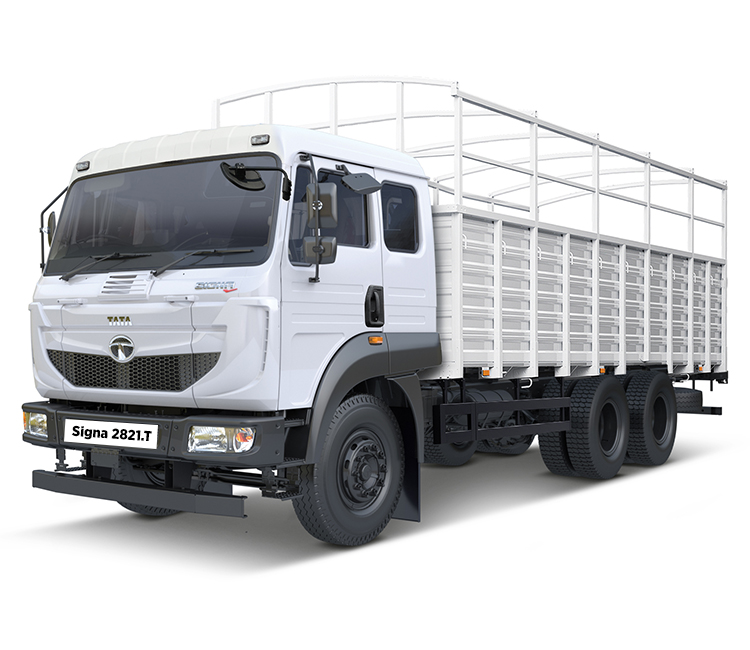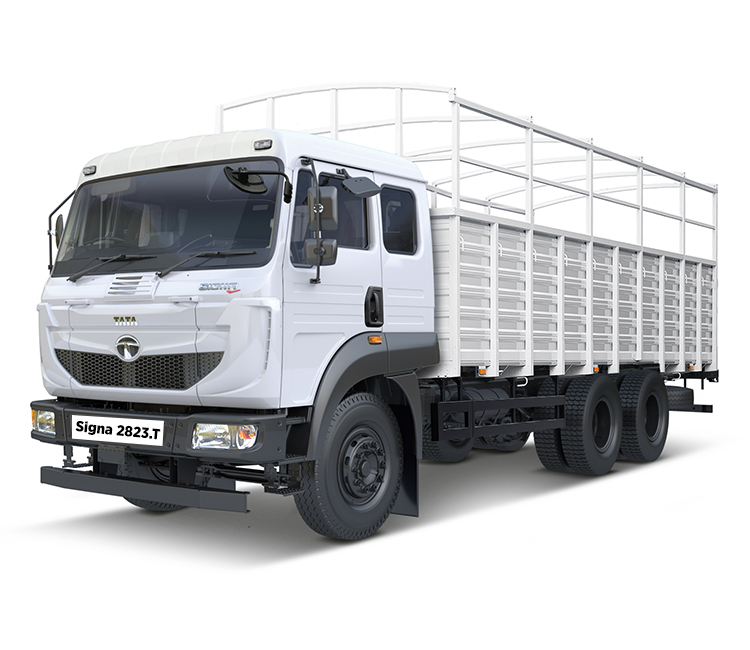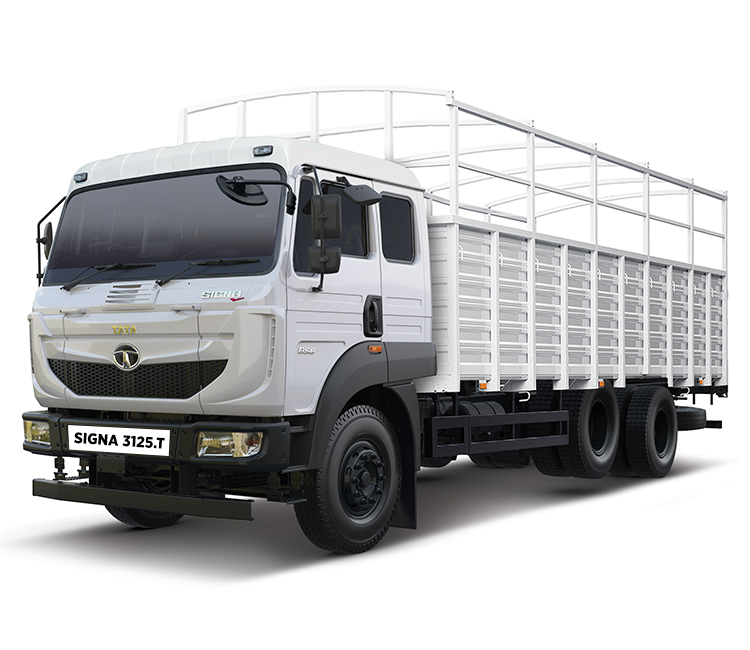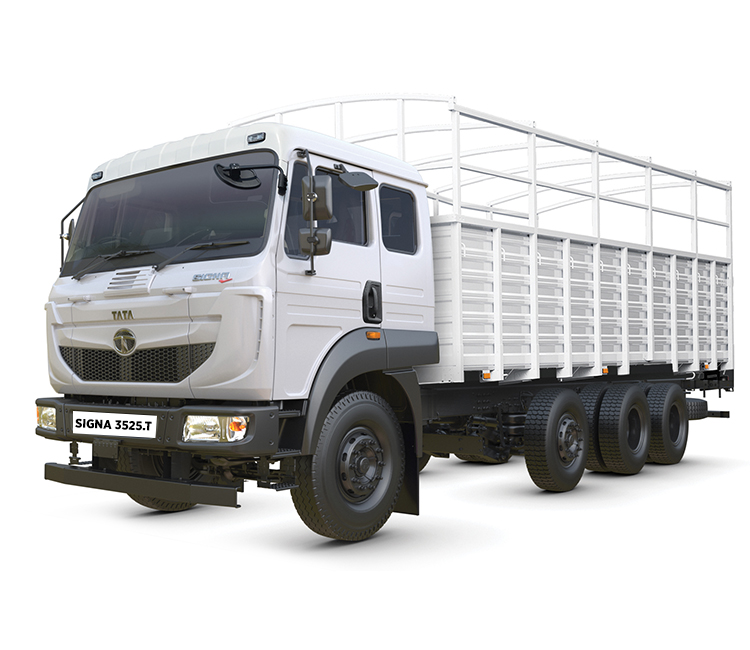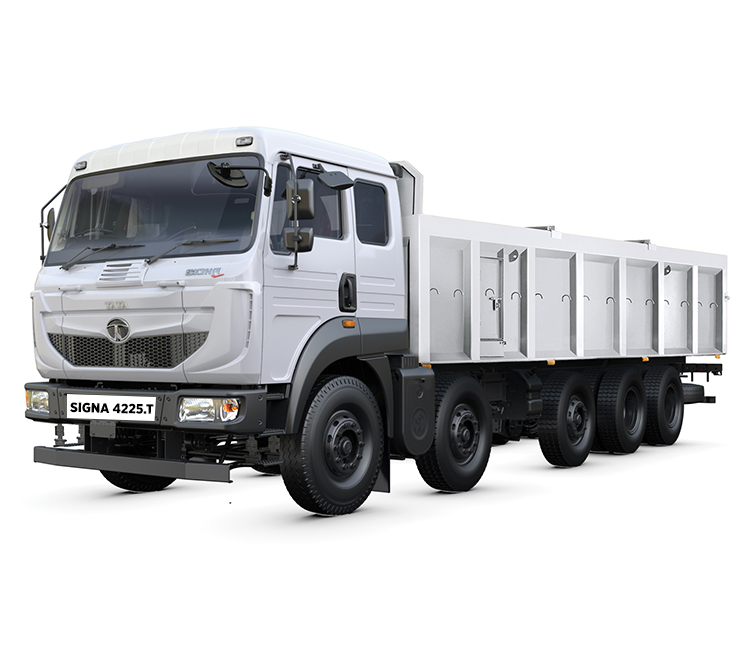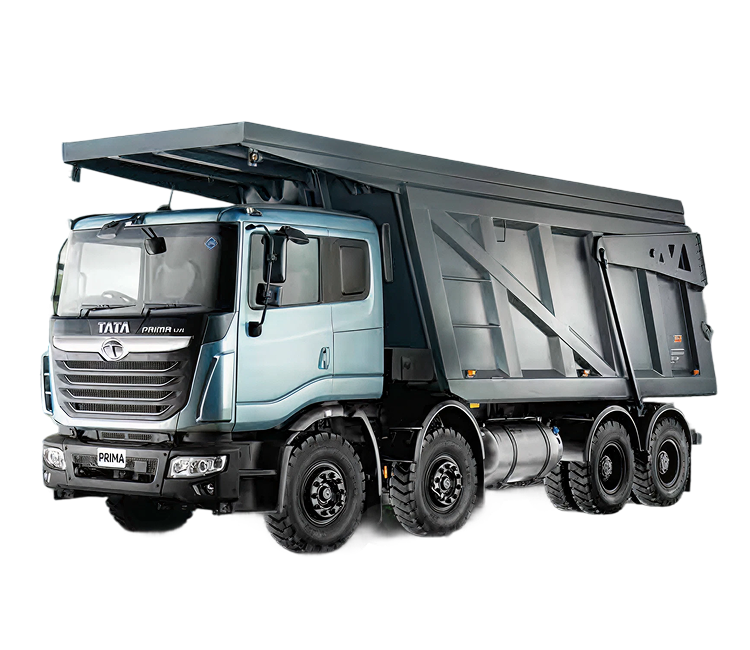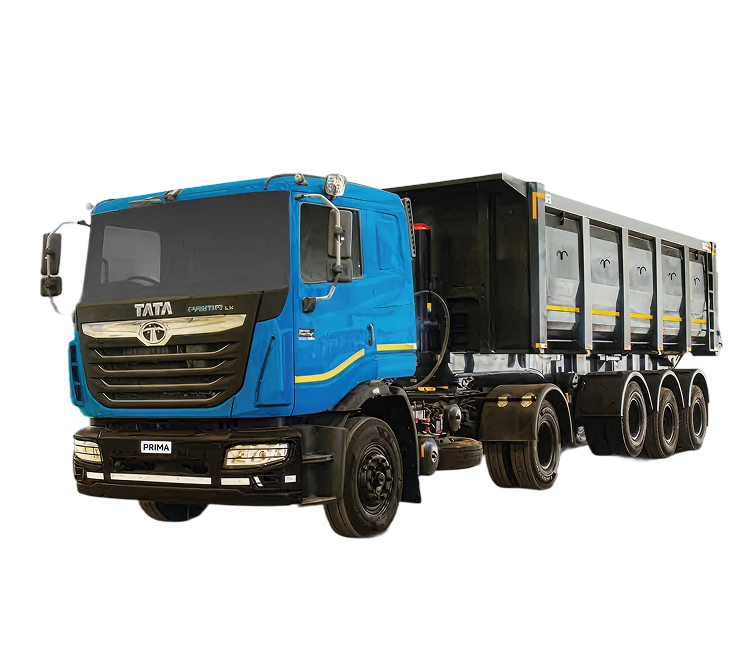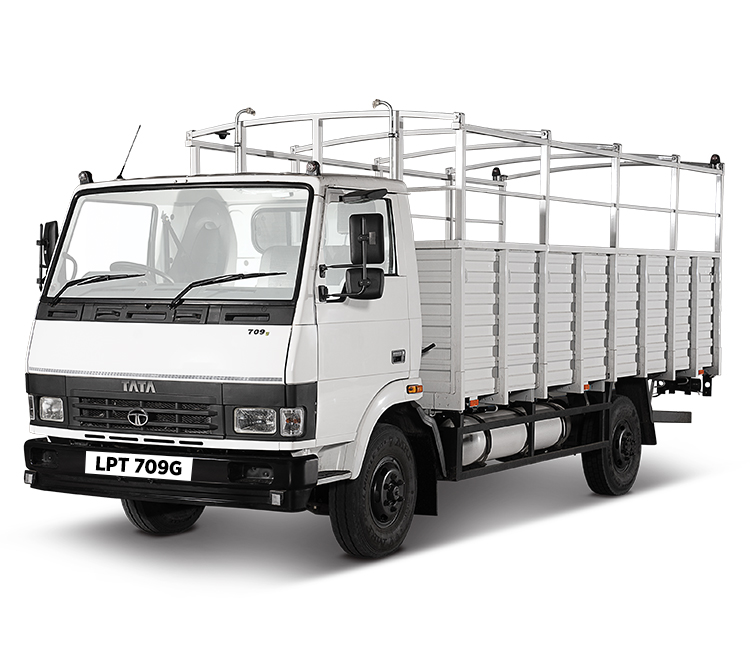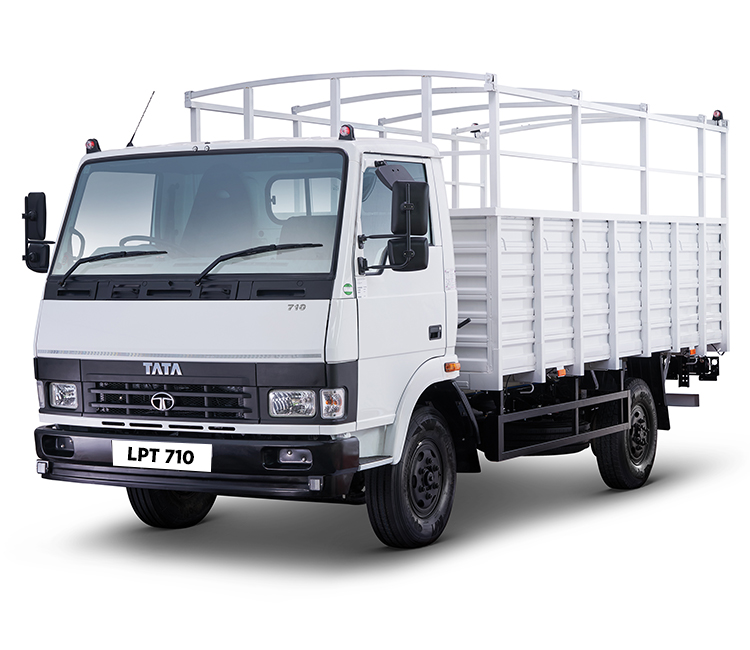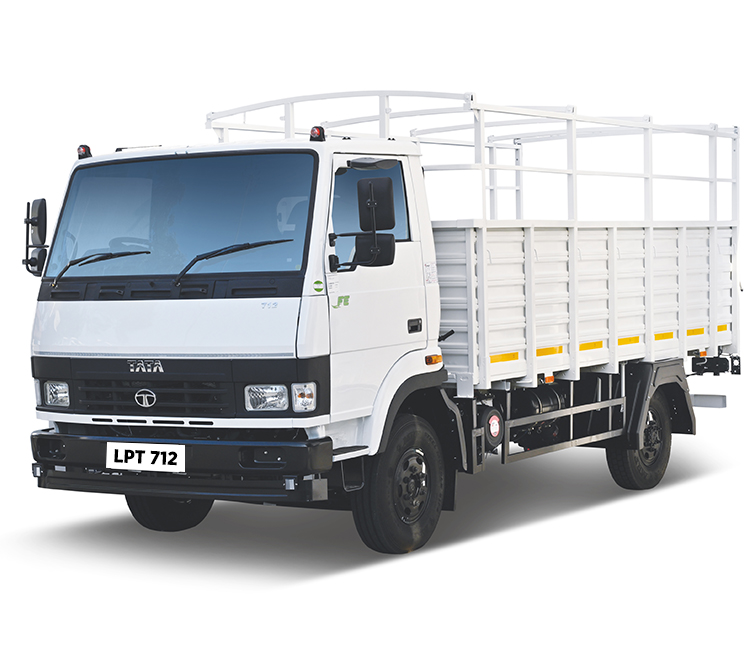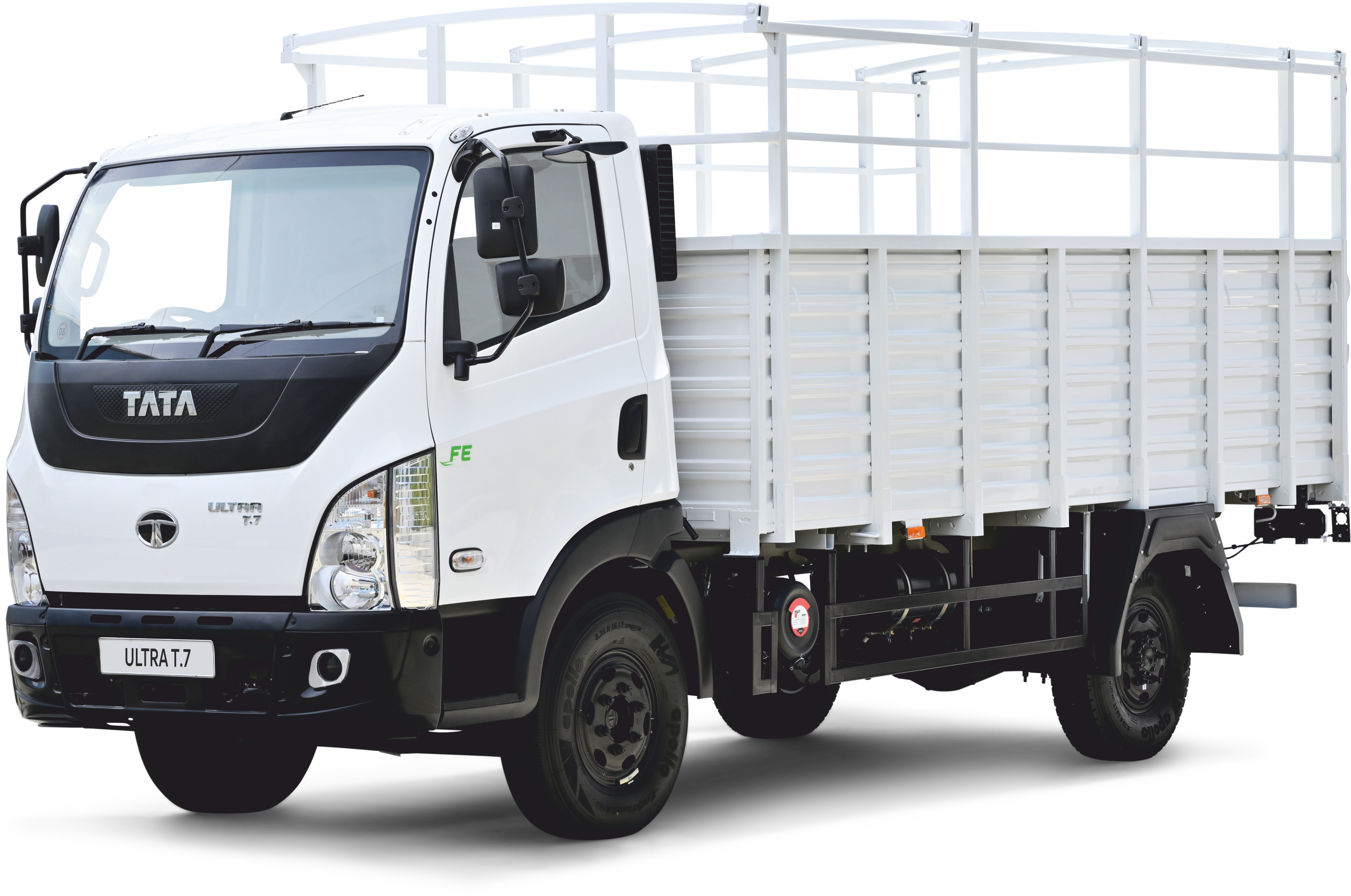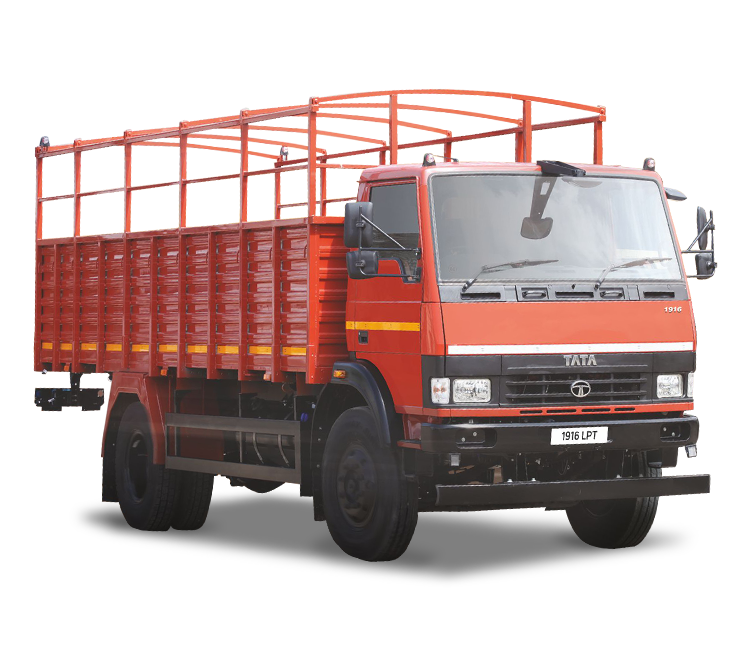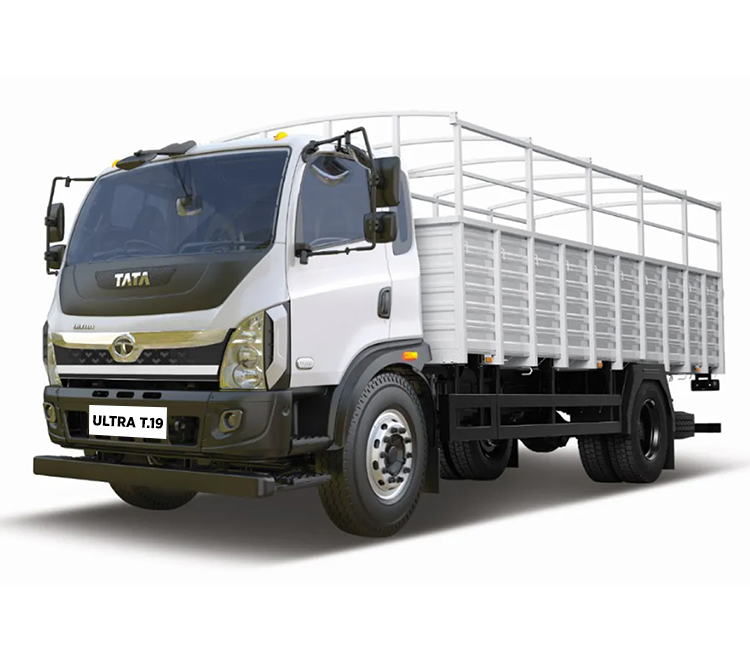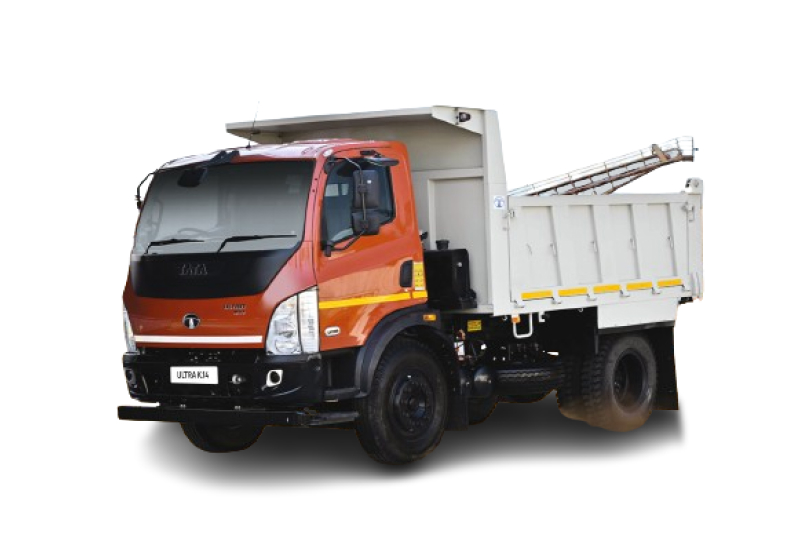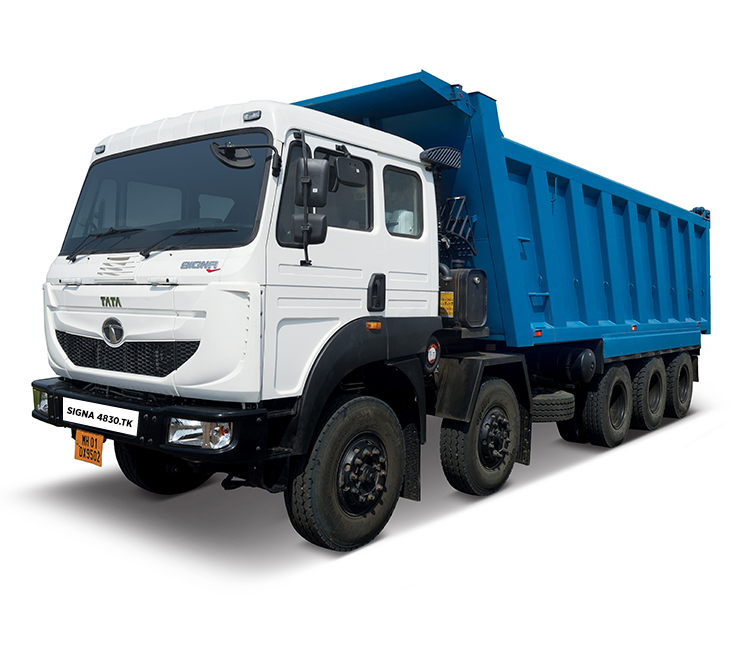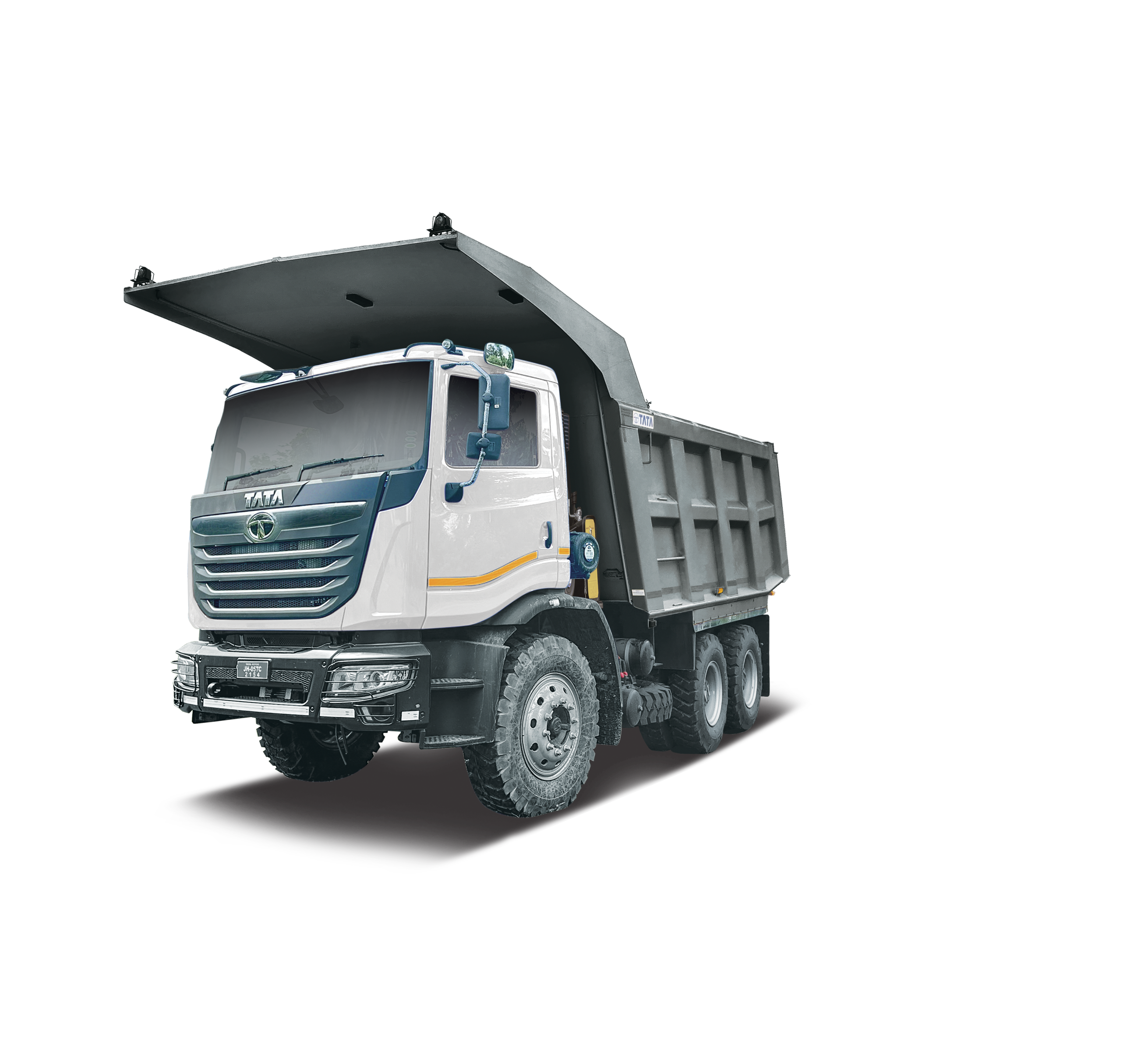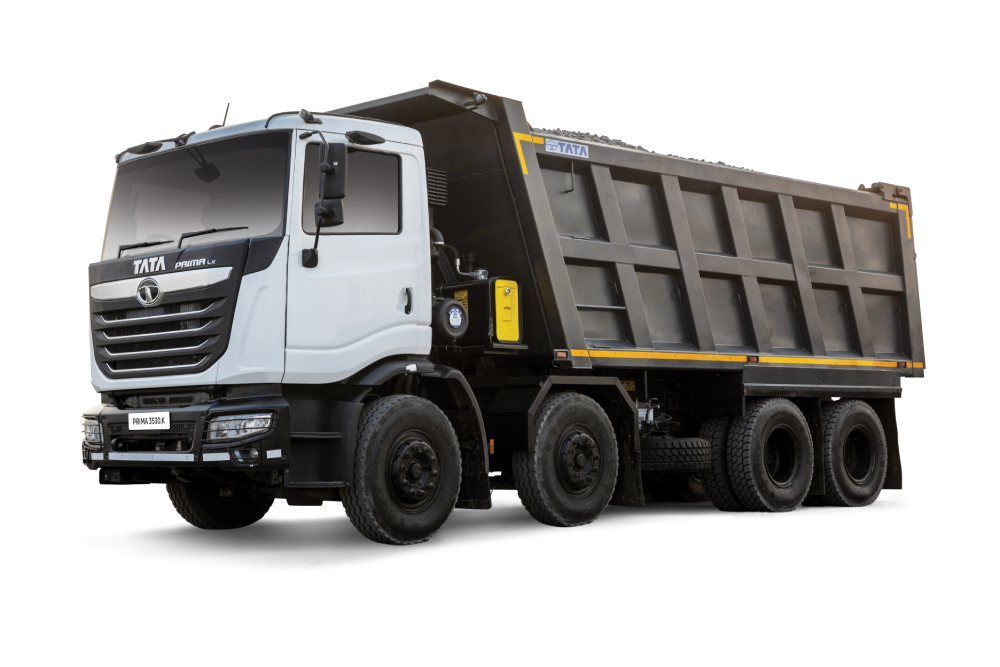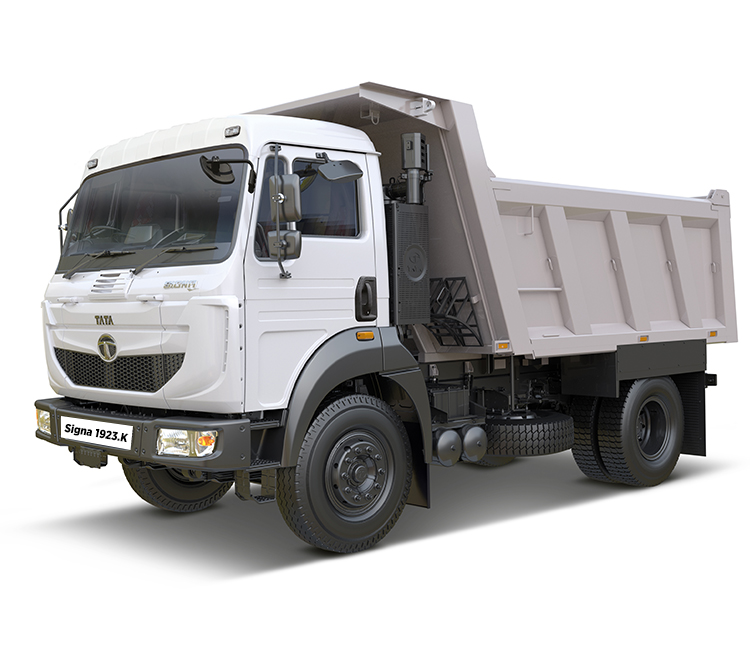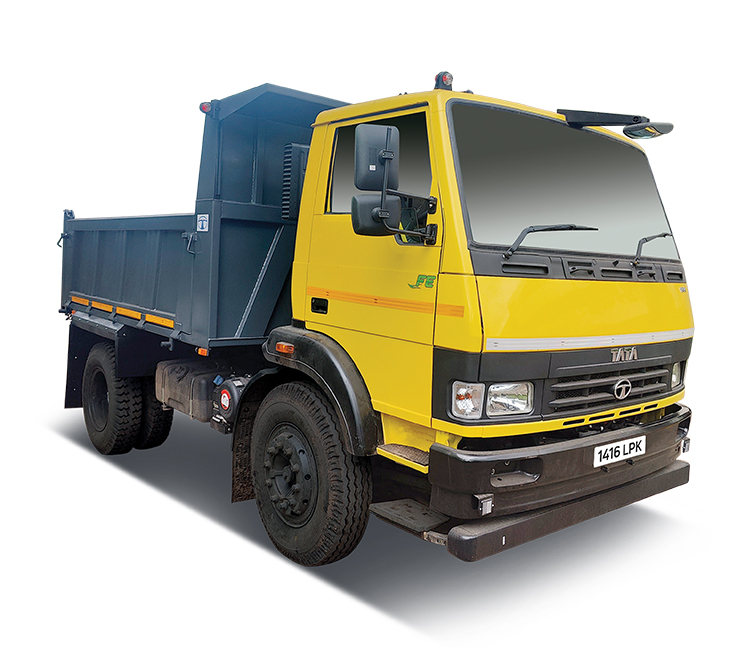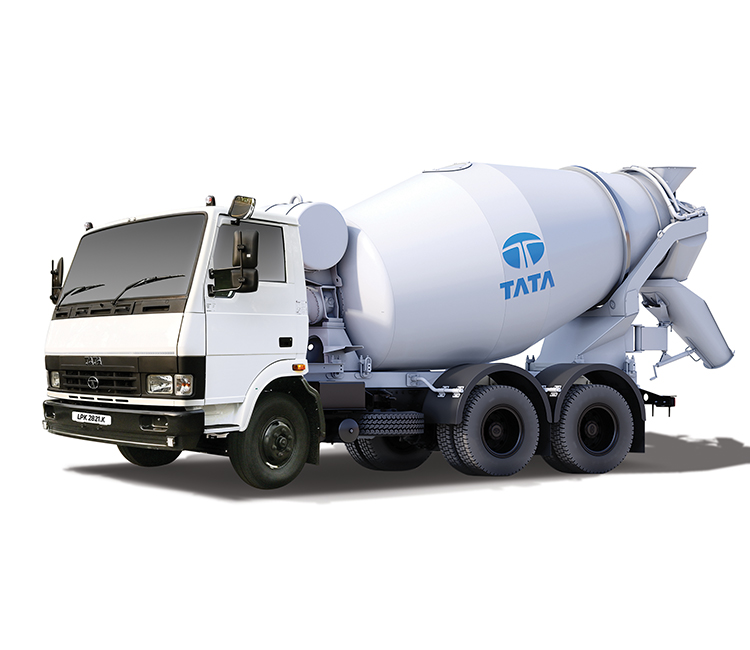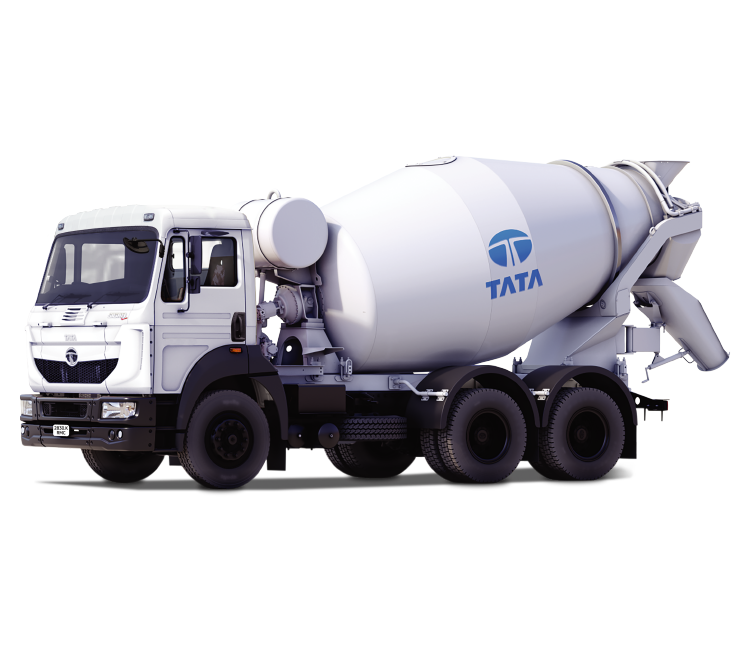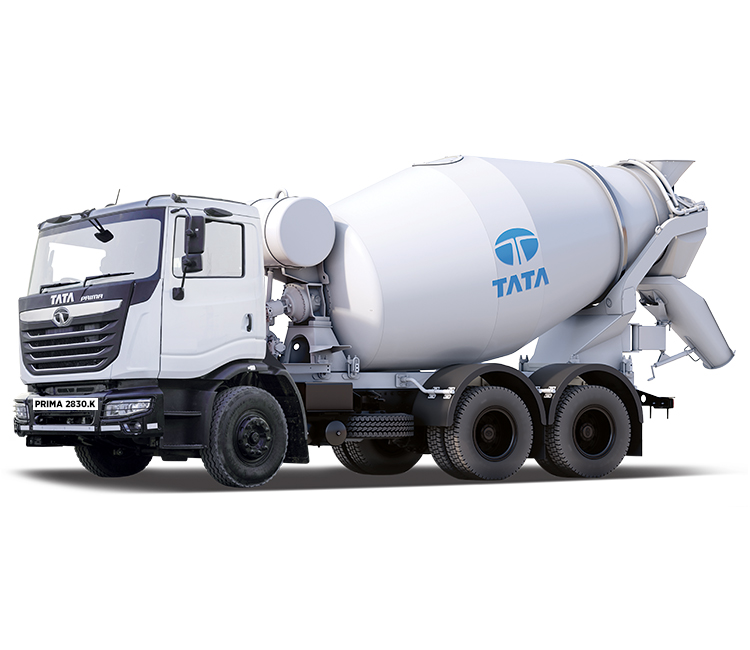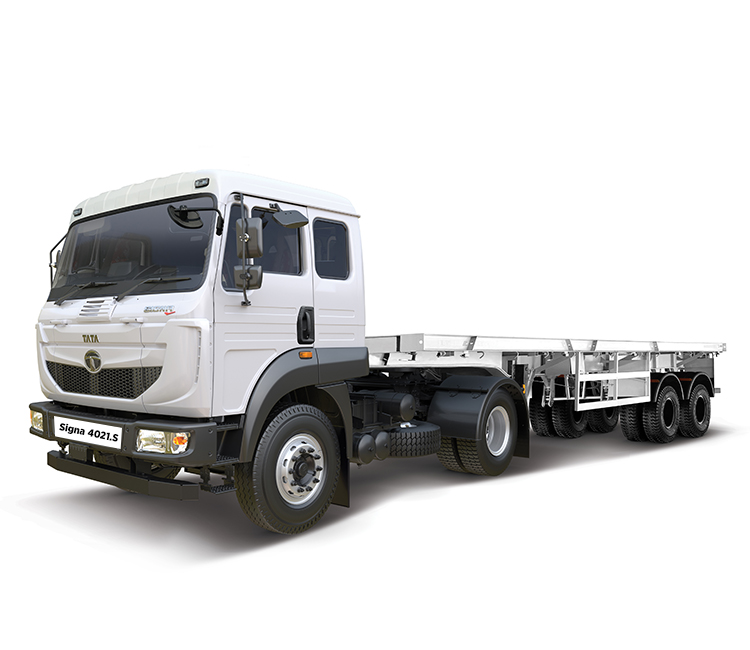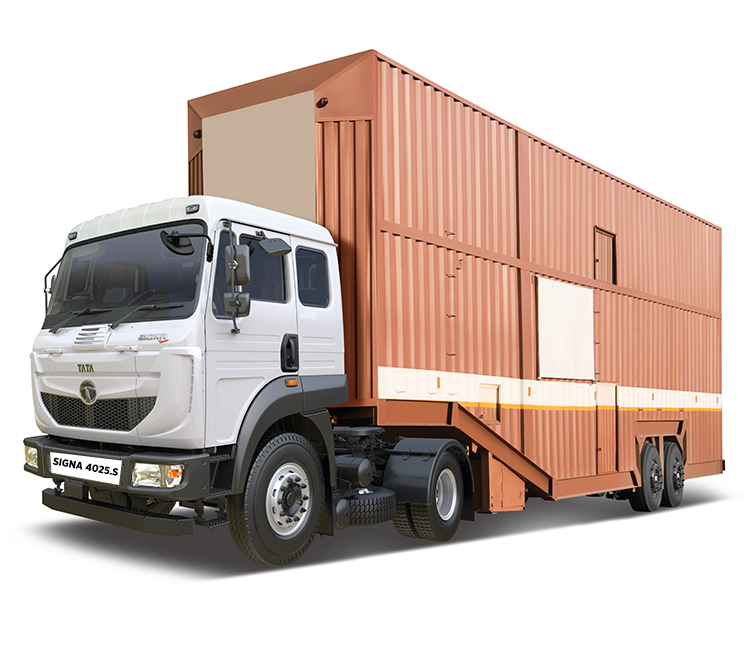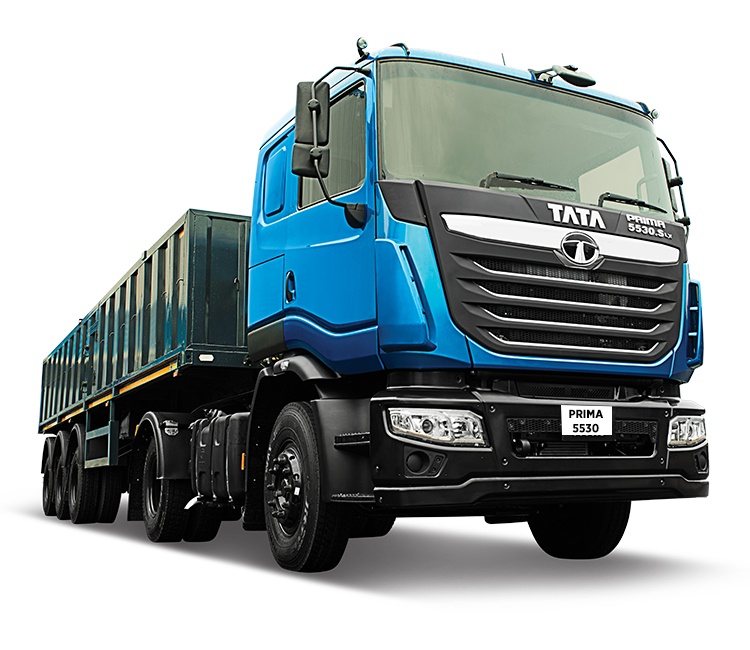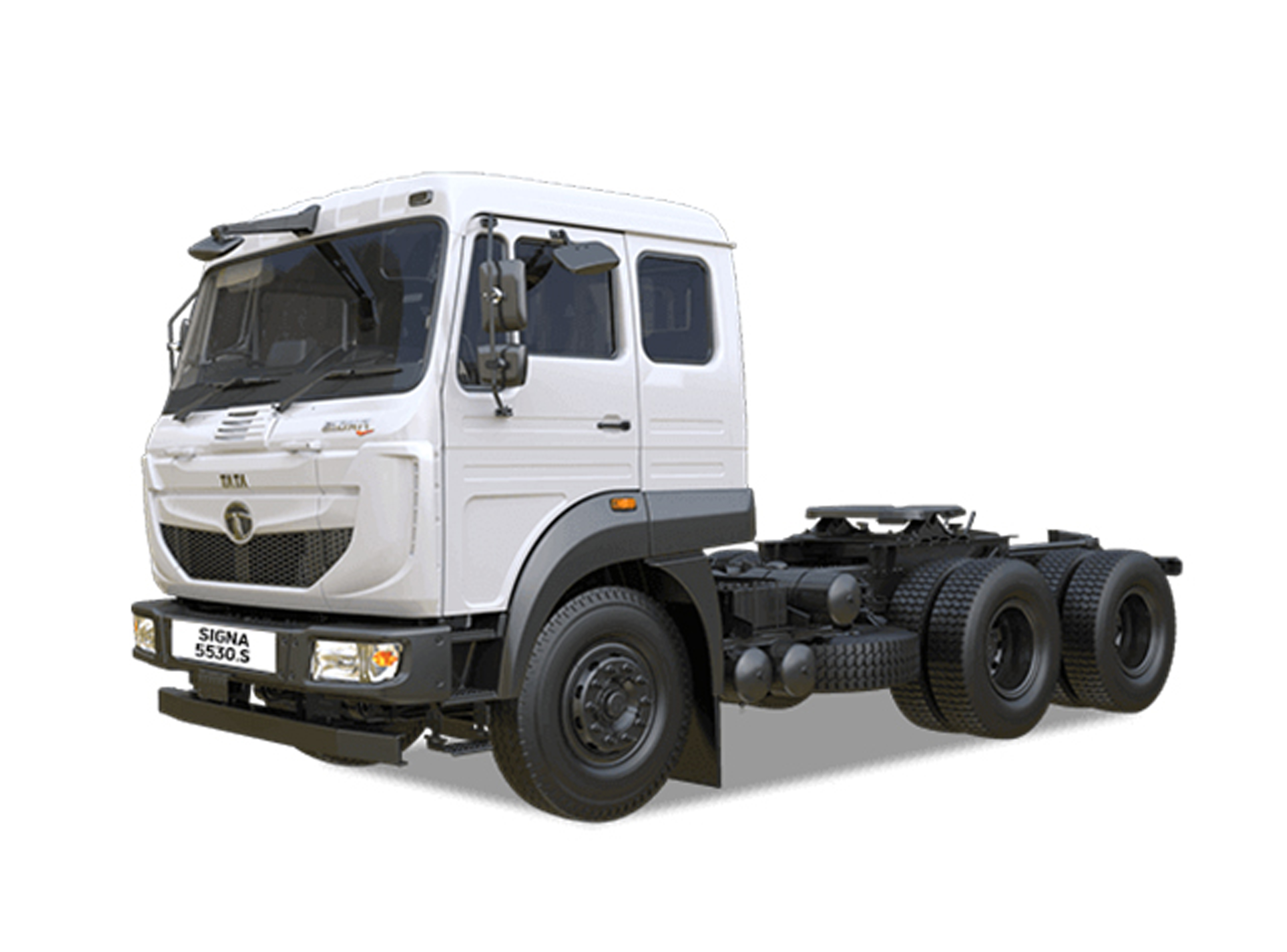Road Safety in India
Road safety remains a critical concern in India, with a high incidence of accidents leading to significant loss of life and economic impact. Despite advancements in vehicle technology and infrastructure, the numbers indicate an urgent need for enhanced safety measures, stricter enforcement of regulations, and increased awareness among road users. The trucking industry, in particular, plays a vital role in the country’s economy but also faces challenges related to road safety, driver well-being, and accident prevention
328
lives are lost daily due to road accidents in India.
11%
of all accident-related deaths worldwide occur in India, making it the country with the highest number of road accident fatalities among 199 nations.
13th
largest contributor to India's health burden (deaths and disabilities) between 2009-2019 has been road traffic crashes.
2%
of India’s total road network (National Highways and expressways) accounts for 36% of all road accident fatalities.
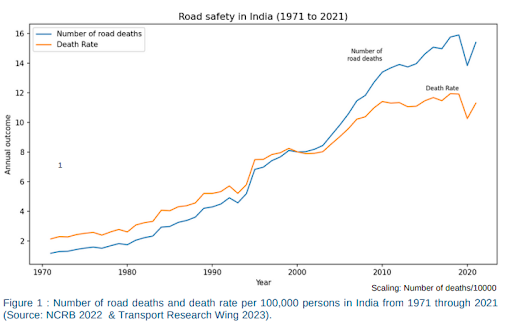
Data on Commercial Vehicle (CV) Involvement in Accidents
The trucking profession in India faces multiple challenges, making it increasingly unattractive for drivers. Two-thirds of drivers cite a lack of security and safety on the road as a major concern. Additionally, long hours behind the wheel contribute to various health issues, including backaches, joint and muscle pain, and gastrointestinal problems. Road safety remains a pressing issue, with trucks and cars accounting for the highest proportion of fatalities, particularly among vulnerable road users. Motorcyclists, in particular, face the greatest risk, with a high rate of fatal crashes involving trucks, underscoring the urgent need for enhanced safety measures.
70%
of fatal crashes in both rural and urban areas involve trucks and buses
3%
of India’s GDP is lost due to road accidents
62%
truck drivers feel unsafe while driving on the roads.
Key technologies to drive safety on Indian Roads
While these advancements are happening, their adoption on Indian roads remains low. Many fleet operators still rely on outdated vehicles that lack modern safety and efficiency features. The slow adoption of technology is further compounded by inadequate driver training, as operating advanced vehicles requires specialized skills that are not widely taught. Additionally, inconsistent enforcement of safety regulations hinders large-scale transformation.
Telematics Integration for Safer Roads
Fleet management systems use GPS tracking, fuel monitoring, and diagnostics. They track harsh braking, rash driving, and other risky behaviors. Drivers receive real-time feedback to improve safety and driving habits.
Safety-Enhancing Features in Vehicles
Electronic Stability Control (ESC) improves overall vehicle stability. Engine Brakes provide better control on slopes and high speeds. Emergency Braking Systems (AEBS) help prevent collisions on the road.
Advanced Driver Assistance Systems (ADAS)
Lane Departure Warning prevents unintended lane shifts and drifts. Collision Avoidance Systems help in proactive accident prevention. Automated Braking reduces the risk of rear-end vehicle collisions.


